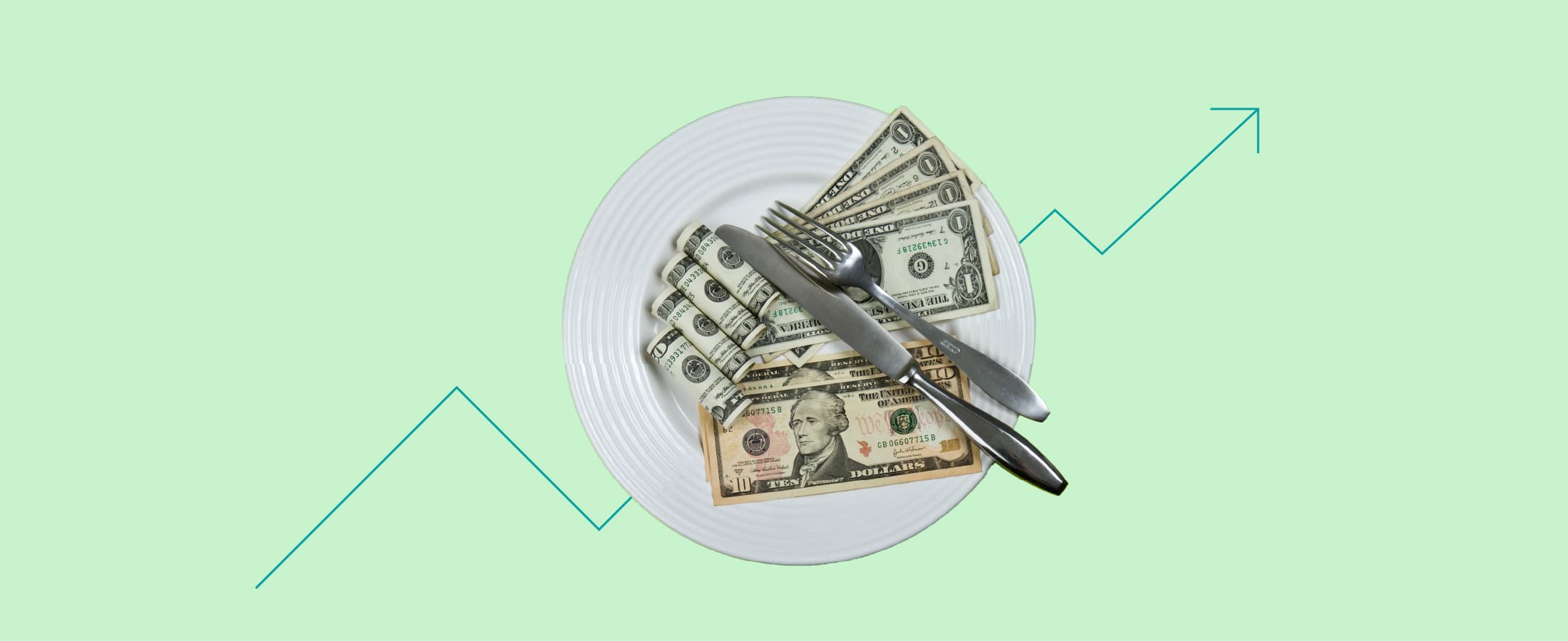Jul 16, 2018
What’s the Cash Diet? Paying with Cash Can Help You Save Money
Learn how to slenderize your spending—with cash!

What can you do if you overindulge your spending?
If you were indulging a bit too much in another area of your life, you would cut back. If you were eating too much, for example, you’d go on a diet.
Similarly, you can put your wallet on a diet, too—a cash diet.
What is the cash diet?
The cash diet concept is fairly simple: Instead of using credit cards or payment apps to make purchases, use cash.
“It’s the juice diet of the financial world,” Erin Lowry, founder of brokemillennial.com and author of ‘Broke Millennial Stop Scraping By and Get Your Financial Life Together’, tells Stash on a recent podcast episode.
The idea is that physically parting with cash has a bigger psychological impact than swiping a credit card or making a purchase online. Buying with cash, along with tracking your transactions, is a great way to get your spending under control, according to Lowry.
Here’s the cash diet in a nutshell:
Consult your budget—Your cash transactions will mostly concern your variable expenses, which includes things like groceries, entertainment, and other expenses that vary from month-to-month. Figure out how much, per paycheck, that amounts to.
Give yourself an allowance—Once you know how much cash you’ll need for your “diet,” withdraw it from the bank and give it to yourself as a weekly allowance. This way, you’ll stop yourself from overspending, because you’ll have to physically fork over cash for purchases.
Track your spending—We’ll get to Lowry’s system in a minute, but start writing down all your purchases so you can track your spending. You can then find opportunities to increase your savings.
The “Track Every Penny” method
It’s as simple as it gets, write down how you spend every cent. If you’re serious about getting your spending under control, this method, along with the cash diet, should help you make serious headway.
You can track your spending in any way you’d like, for example in a digital spreadsheet or in a pocket notebook. The key is recording everything, and not glossing over even the smallest purchases.
What about digital transactions?
You’ll still pay for some things without cash. That’s fine, as long as you remain mindful of those expenses, and track them like you would a cash transaction. Most people don’t use cash to pay larger bills—loan payments, rent, utilities, for example—anyway.
But when it comes to the smaller stuff? The cash diet can help you identify the weaknesses in your spending habits. And with the money you save, you can build up your emergency reserves, or even start investing.
And with Stash, all it takes is $5 to start investing.
Related articles

budgeting
May 04, 2025
How to Build Credit from Scratch in 2025

budgeting
Apr 27, 2025
Who gets the insurance check when a car is totaled?

budgeting
Apr 09, 2025
How to Make Extra Income While Working Full-Time

budgeting
Apr 08, 2025
How Much Does the Average American Make?

budgeting
Apr 07, 2025
How to Calculate Monthly Income

budgeting
Mar 14, 2025
How to Budget for Large Expenses
By using this website you agree to our Terms of Use and Privacy Policy. To begin investing on Stash, you must be approved from an account verification perspective and open a brokerage account.
